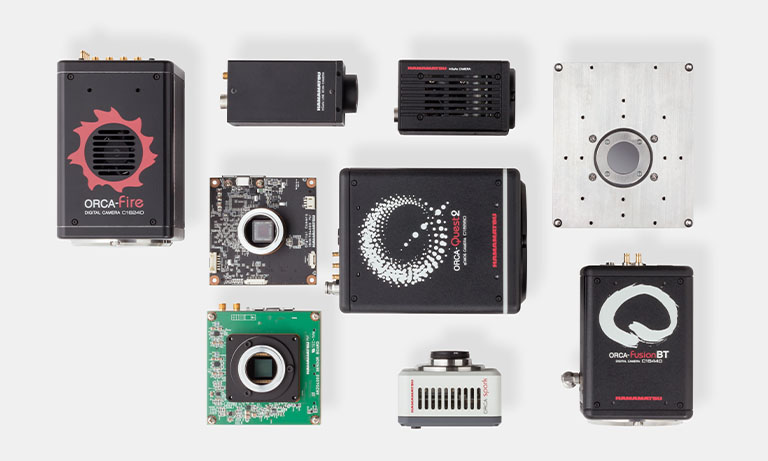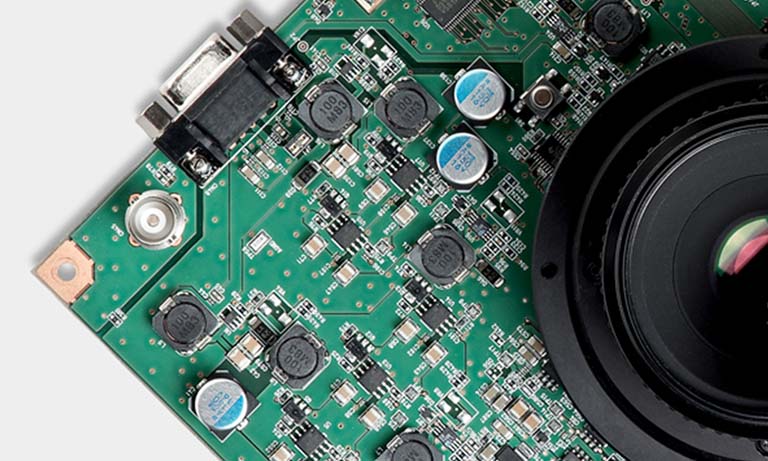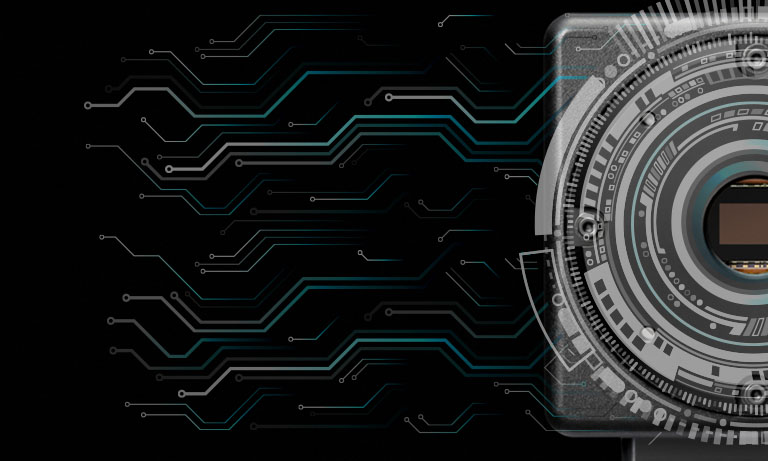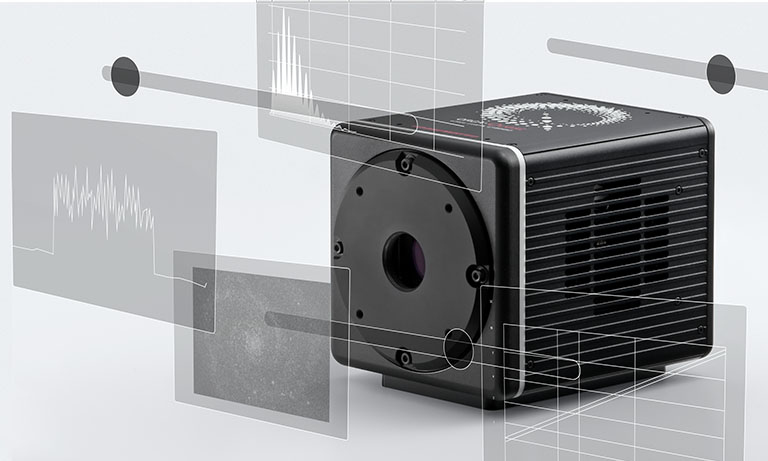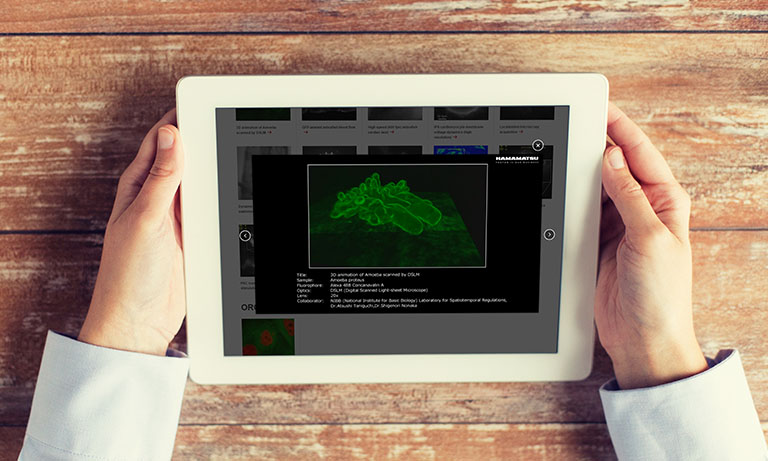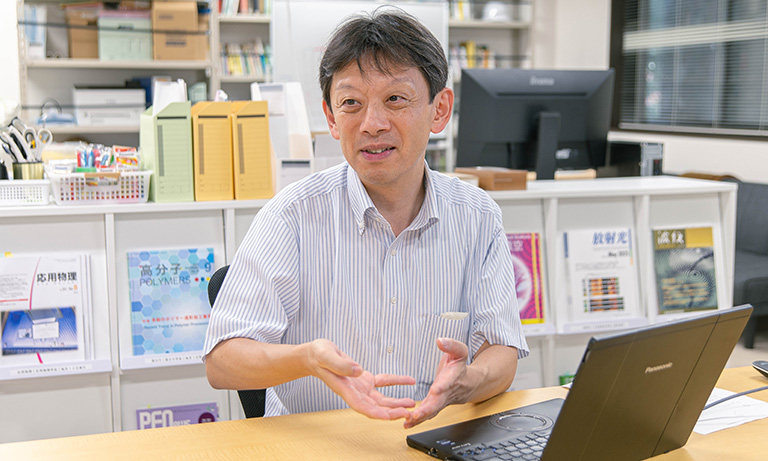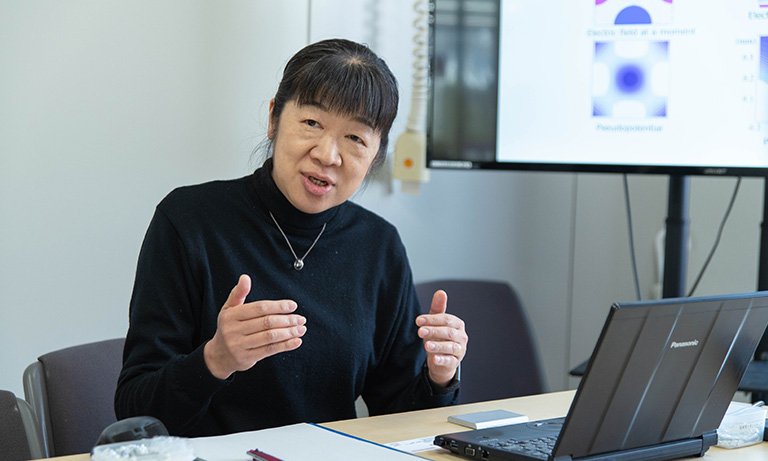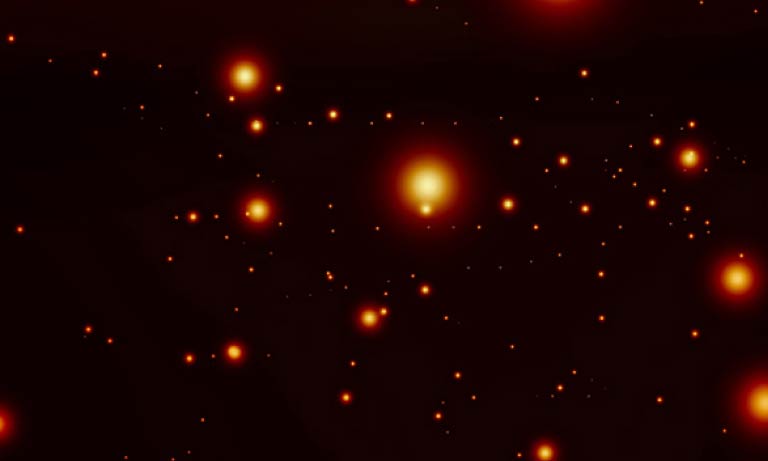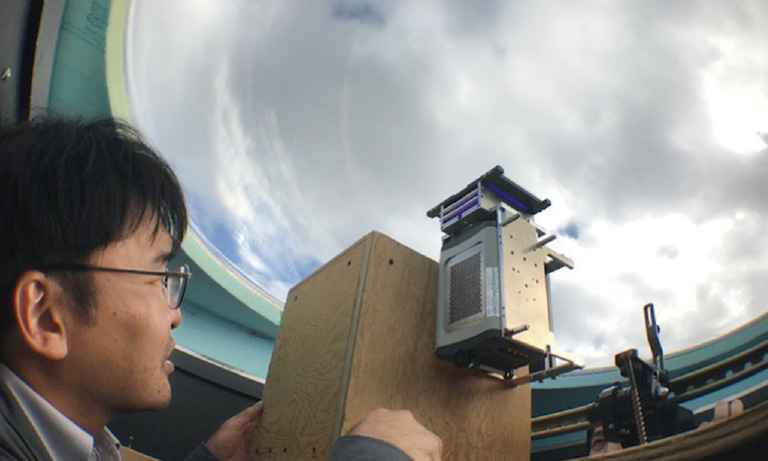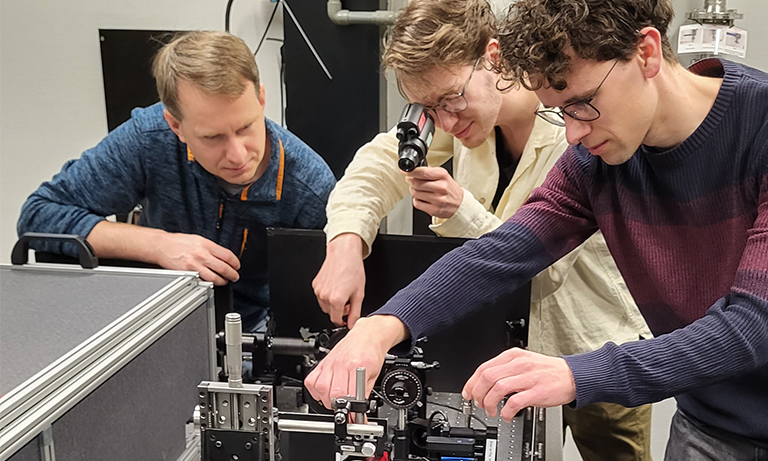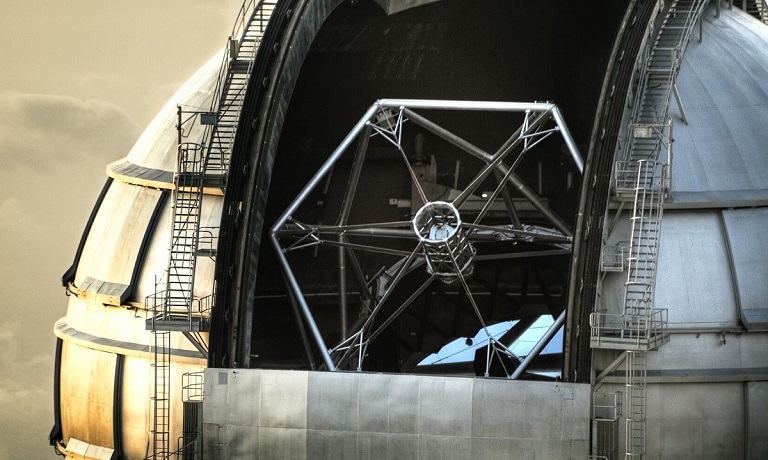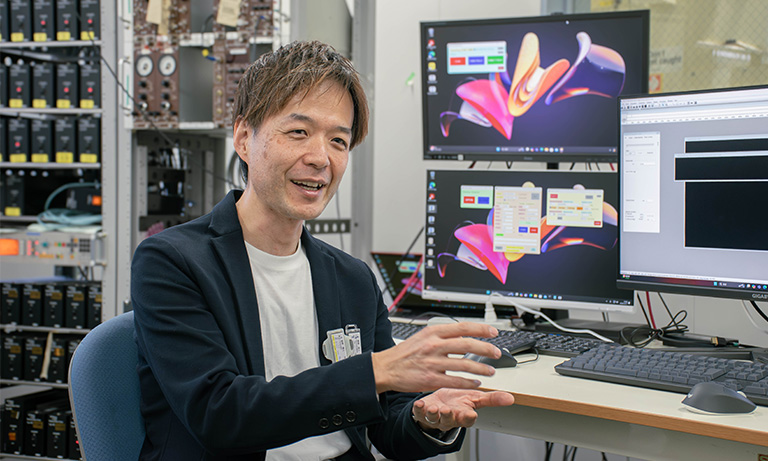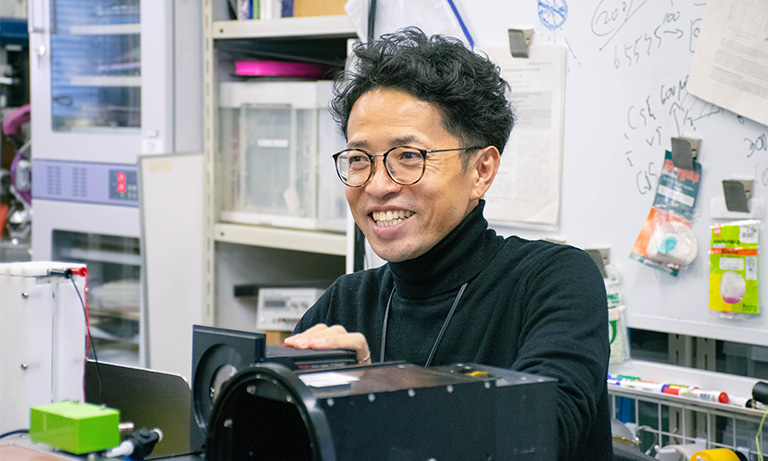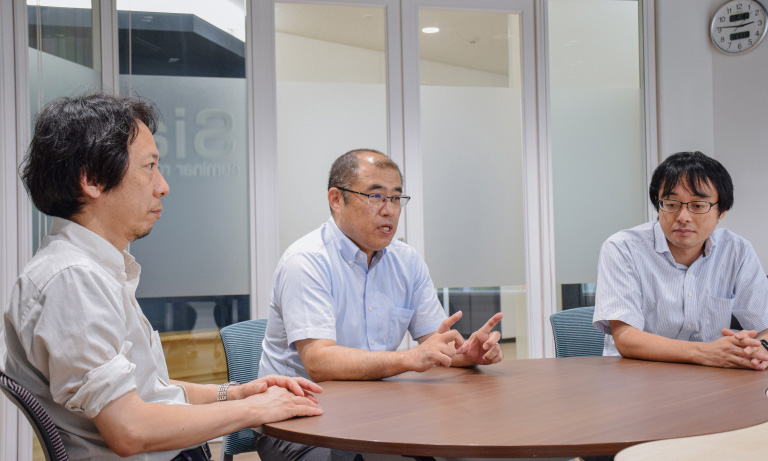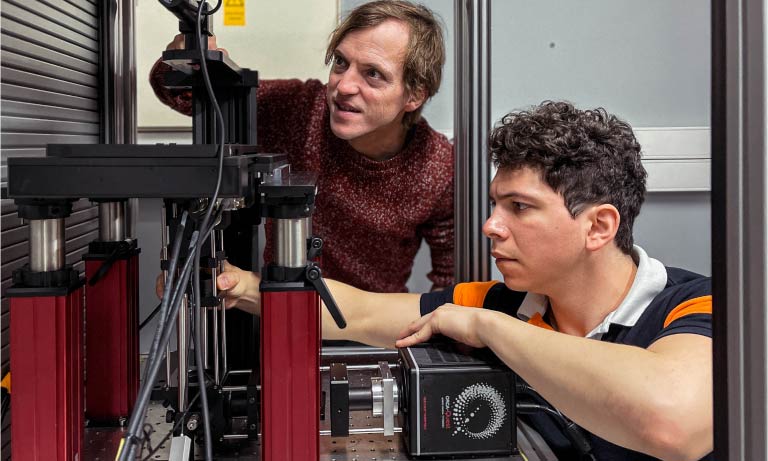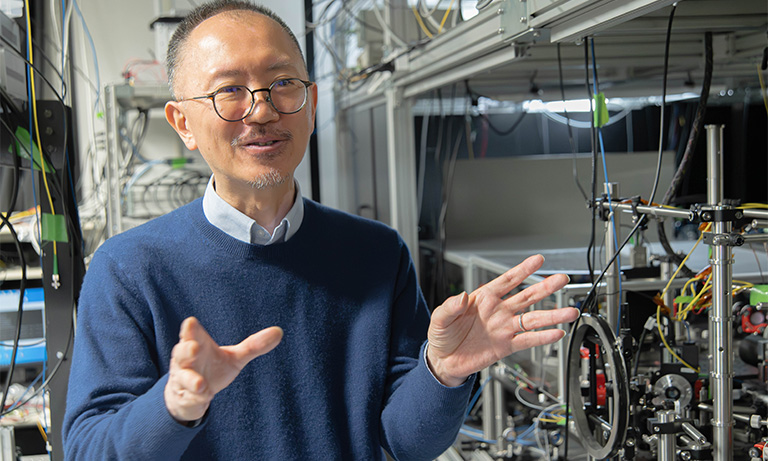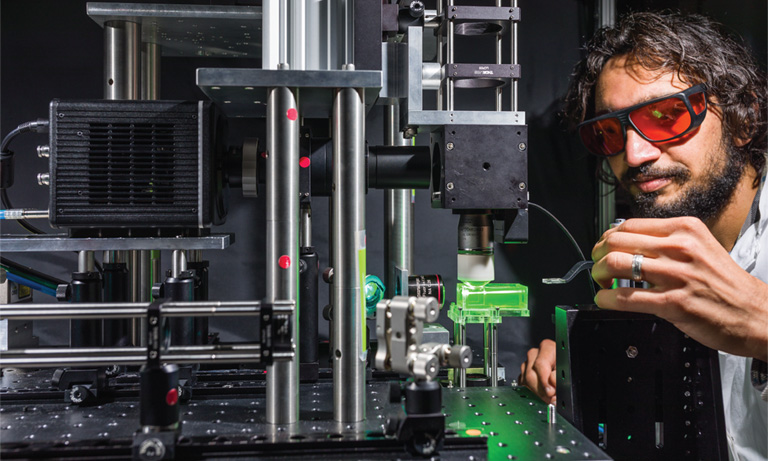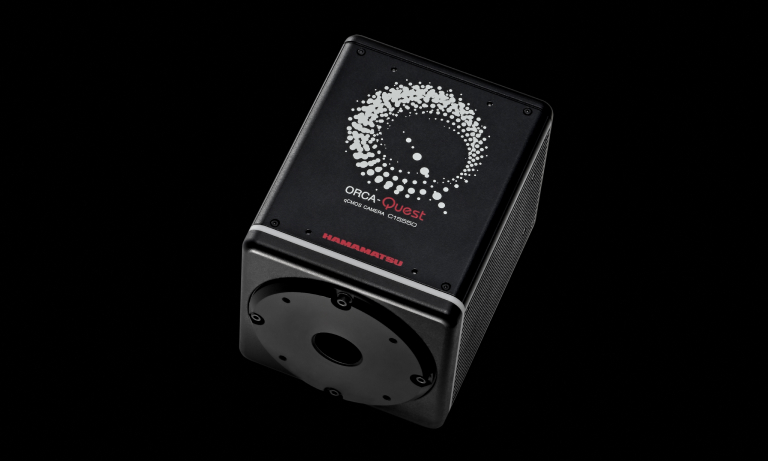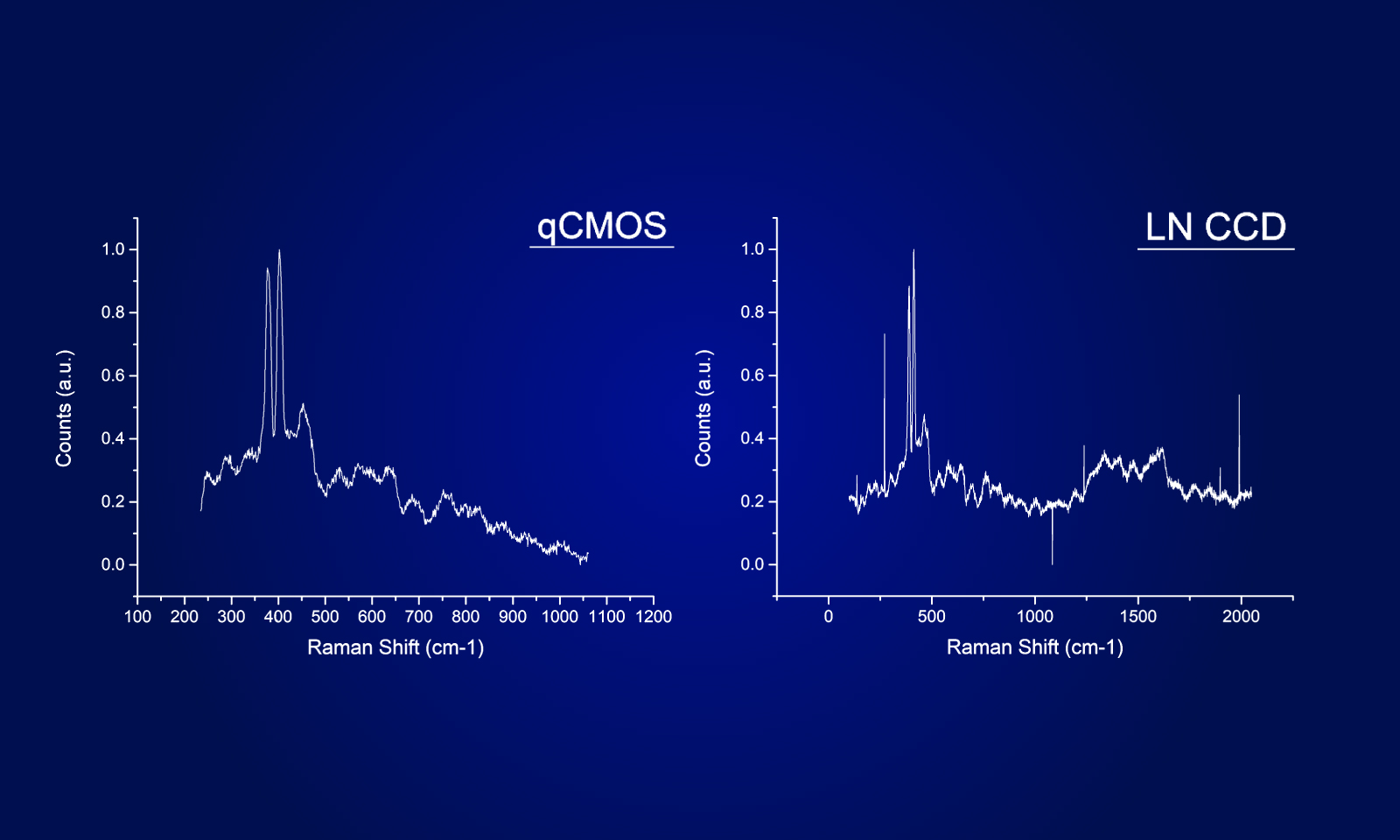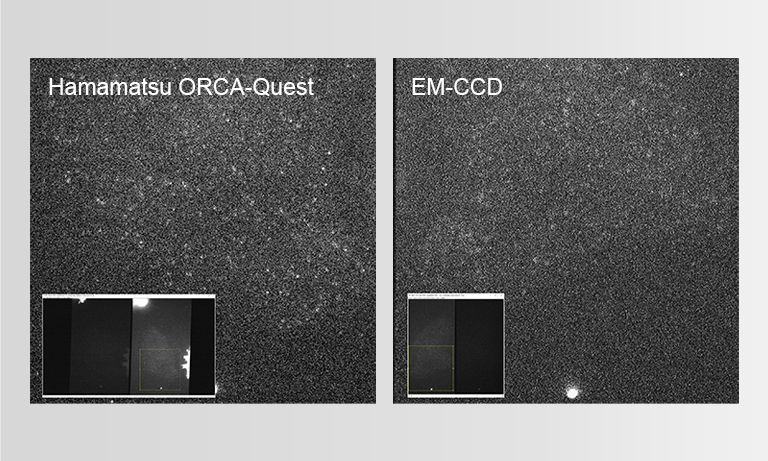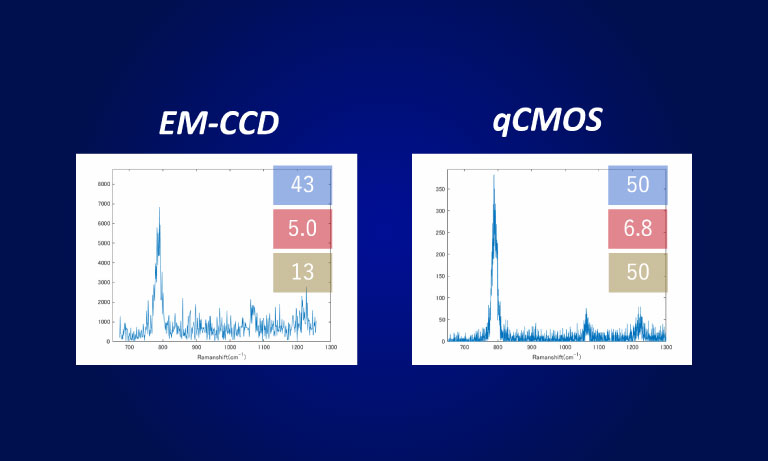Japan (EN)
Select your region or country.
qCMOS® camera vs. EM-CCD camera vol.1 – Performance comparison of photon counting cameras
When providing scientific cameras appropriate for the needs of the customer, a traditional trend was to use ultra-sensitive EM-CCD (electron multiplying CCD) cameras for measurements in a very low light region, and sCMOS (scientific CMOS) cameras with large pixel numbers, high speed, and high dynamic range in relatively bright region. In the meantime, CMOS technology continues to develop particularly in terms of noise characteristics, and we have released a camera equipped with the qCMOS (quantitative CMOS) sensor, a new sensor that marks the dawn of a new era in image sensors.
The qCMOS camera is positioned as an ultra-sensitive camera that offers the ultimate in quantitative imaging because of its extremely low noise performance. Therefore, when comparing a qCMOS and EM-CCD camera it is necessary to judge which camera is best suited to your application. The purpose of this article is to compare qCMOS and EM-CCD cameras to help you choose the best camera for your application.
Sensor technologies and photon detection performance
This section describes processes from a signal acquisition to the subsequent digital output in order to compare sensor technologies and the photon detection performances of a qCMOS and EM-CCD camera.
Figure 1 shows the process from the signal acquisition to the digital output in a camera. Photons incident on the sensor are converted to photoelectrons with a probability according to the quantum efficiency of the sensor. The photoelectrons are then converted to voltage and amplified by a floating diffusion amplifier (FDA), and subsequently converted to a digital value by an analog-to-digital converter (ADC) and finally the digital value is output.
In scientific cameras, noise characteristics in this process greatly affect measurements in the very low light region. In particular, it is very important for an ultra-sensitive camera to minimize the readout noise as much as possible in the digital conversion of photoelectron signals.

Figure 1. The process from a signal acquisition to a digital output
The qCMOS and EM-CCD cameras use different approaches to lower the readout noise to enable detection of signals at the single photoelectron level.
The qCMOS camera uses an ultra-fine CMOS circuit technology to achieve extremely low readout noise (see Whitepaper for details). As shown in Figure 2, when reading out the photoelectron signals of 1, 2, 3, ..., respectively, the qCMOS readout noise is sufficiently lower than the signals to determine the number of photoelectrons precisely from the output result. In this way, the qCMOS camera provides the ultimate in quantitative imaging so that the input photoelectron numbers can be distinguished.
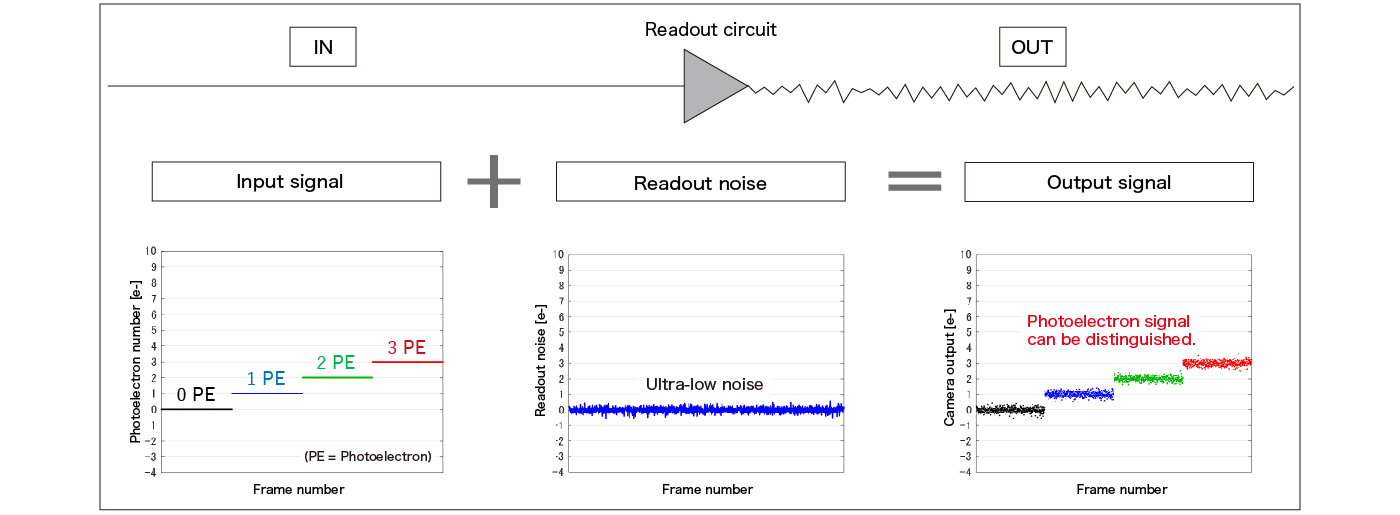
Figure 2. Readout process and photon number resolving in a qCMOS camera
Alternatively, with the EM-CCD camera, although the readout noise itself is very large, the photoelectron signal is increased by an electron multiplication mechanism (as shown in Figure 1.) to relatively reduce the readout noise compared to the signal with gain as shown in Figure 3.
However, because the multiplication process in a detector always produces a large fluctuation in the signal called excess noise, the EM-CCD cannot distinguish the original photoelectron number even if the readout noise is relatively minimized compared to the signal. Therefore, although an EM-CCD camera can detect single-photon level signals with low readout noise by using electron multiplication, quantitative properties are lost due to the excess noise.

Figure 3. Readout process and photon number resolving in an EM-CCD camera
Table 1 summarizes the feature comparison of qCMOS and EM-CCD cameras described in this section.
| qCMOS camera | EM-CCD camera | |
|---|---|---|
| Readout noise | <0.3 electron rms | <0.1 electron with EM gain |
| Electron multiplication | Not used | Used |
| Photon detection performance | 0, 1, 2, 3, … | 0 or more than 1 |
Table 1. Feature comparison of a qCMOS and EM-CCD camera
In addition, an example of actual imaging is shown below as a comparison between the qCMOS camera and the EM-CCD camera.
It can be seen that the qCMOS camera, which does not use electron multiplication, has less image fluctuation from frame to frame compared to the EM-CCD camera, resulting in highly quantitative imaging.
SNR (Signal-to-Noise Ratio) comparison with pixel size consideration
This section compares qCMOS and EM-CCD cameras by the SNR (Signal-to-Noise ratio), which is typically used in quantitative discussions of camera performance.
Figure 4 shows the formula for SNR. (Dark current and clock induced charge (CIC) noise in EM-CCDs are omitted here.)
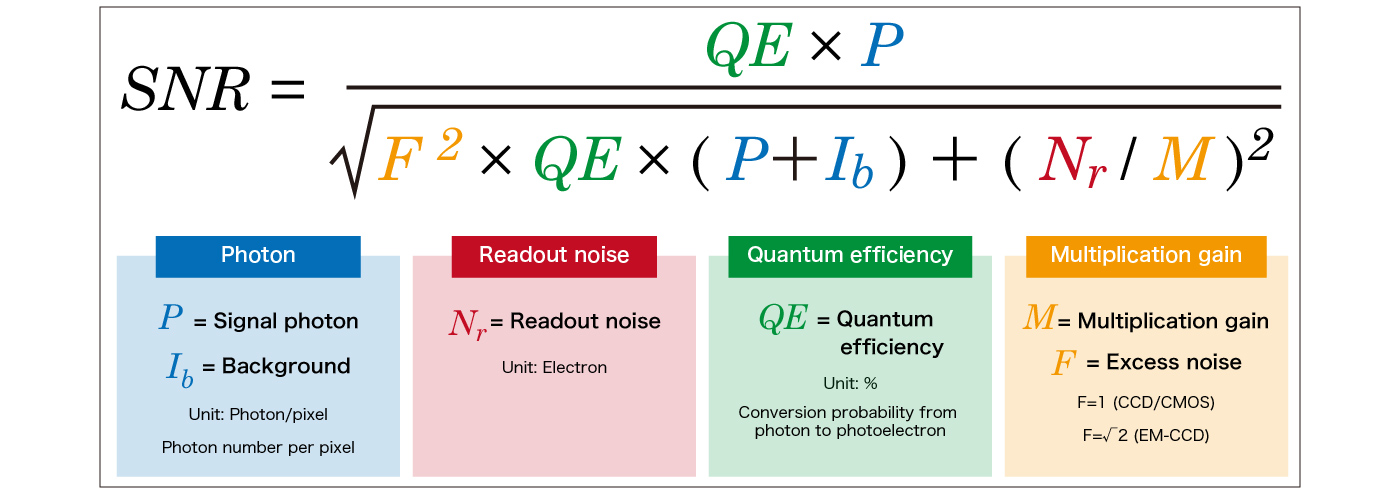
Figure 4. SNR formula
SNR depends on the amount of incident light to the sensor, so when comparing multiple cameras by incident light level, there are typically two conditions to compare, namely:
- when the photon intensity per pixel is equal
- when the photon intensity per sensor area is equal
Figure 5 shows the SNR comparison of qCMOS (ORCA-Quest), EM-CCD, and Gen III sCMOS (ORCA-Fusion BT, previous generations of ORCA-Quest) when the light intensity per pixel is equal, and Figure 6 shows the SNR comparison when the light intensity per sensor area is equal. These graphs show the relative SNR (rSNR), where all data is normalized to an imaginary “perfect camera” that has pixel size of 6.5 µm, zero noise, and 100 % QE.
Let’s look at the case of equal light intensity per pixel (Figure 5). This case assumes that the optimum optical system is constructed for the pixel size of each camera. In CMOS cameras, the SNR also decreases as the light intensity decreases because the readout noise is constant regardless of the light intensity. On the other hand, an EM-CCD camera uses multiplication to minimize the readout noise, so the SNR varies little with light level, but the SNR is smaller than that of a CMOS camera in bright region regions due to the constant presence of multiplication fluctuations. Therefore, the traditional trend was that sCMOS cameras are superior in the bright region, while EM-CCD cameras are superior in low light region. However, with the recent development of CMOS technology, qCMOS cameras show SNR comparable to that of EM-CCD cameras in the extremely low light region even at 0.1 photons/pixel/frame.
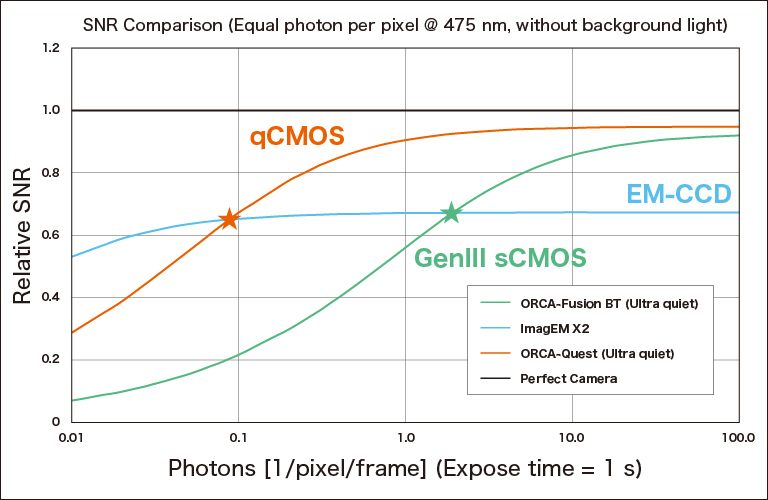
Figure 5. The SNR comparison when the light intensity is equal per pixel
Next, let’s look at the case of equal light intensity per sensor area (Figure 6). This case assumes that the camera is replaced with the optics unchanged. Since a CMOS camera has a smaller pixel size than the EM-CCD camera and thus the amount of light per pixel is smaller, this comparison includes SNR data of the CMOS cameras with a binning function to input the equivalent amount of light into the pixel unit compared to an EM-CCD.
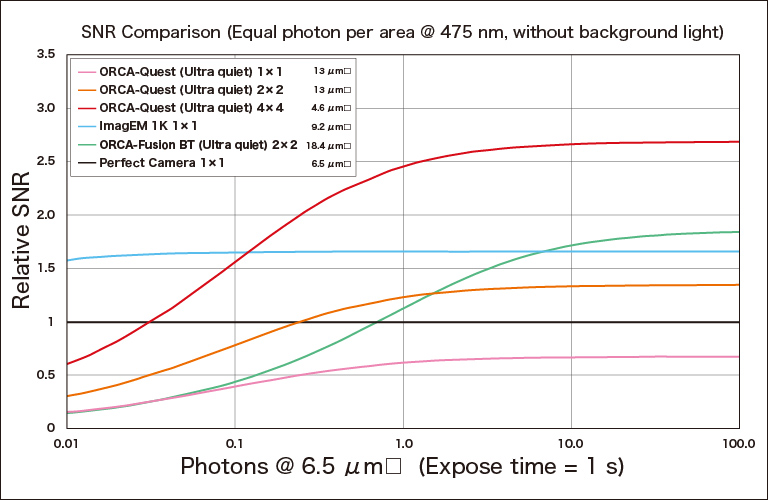
Figure 6. The SNR comparison when the light intensity is equal per sensor area
Table 2 shows the comparison conditions and the actual cases that the conditions are suited.
Due to the architecture of CMOS sensors, when NXN binning is performed the readout noise per binned pixel increases N times larger compared to that of the single pixel. Therefore, when replacing a camera with a larger pixel size with a qCMOS camera, it is recommended to construct an optical system optimized for the pixel size of the qCMOS camera without binning, to maximize its performance for a fair comparison.
| Condition | Equal light intensity per pixel | Equal light intensity per sensor area |
| Case | When an optical system is optimized for the pixel size of the camera | When the camera is replaced with the optics unchanged. |
Table 2. SNR comparison conditions and the corresponding cases
The versatility of qCMOS camera
When comparing qCMOS cameras with EM-CCD cameras, one of the advantages of qCMOS cameras is the versatility. qCMOS cameras are a hybrid camera that combine the advantages of conventional sCMOS cameras with the extremely low noise equivalent to that of EM-CCDs. The following is a list of applications where qCMOS cameras can be used.
- Ultra-sensitive imaging with ultimate quantitativeness that enables photon number resolving at a slow frame rate.
- Highly sensitive imaging at a fast frame rate (Slower frame rate in EM-CCDs)
- Highly sensitive imaging with high dynamic range (EM-CCD sacrifices dynamic range due to electron multiplication)
- Wide field of view and high resolution imaging with large pixel numbers
- Flagship dark current performance among CMOS cameras suited for applications in need of long-time exposure
Dominant areas of an EM-CCD camera
The relative SNR comparison in Figures 5 and 6 shows that the EM-CCD camera outperforms the qCMOS camera in the very low light region below 0.1 photons/pixel/frame. However, the "absolute SNR value" at 0.1 photons/pixel/frame is so small that the sample is almost invisible, buried in the noise. Figure 7 shows an image simulation of a test chart sample (Incident light level: 0.1, 0.5, 1.0, 10 photons/pixel/frame, Wavelength: 475 nm, Imaging area: 512 × 512 pixels, Background light: 0, each image autoscaled with respect to itself) using the Camera Simulation Engine from Hamamatsu Photonics. As shown in these images, neither camera can detect most of the sample at 0.1 photons/pixel/frame, so it means the SNR advantage of EM-CCD at this light level is meaningless.
As a more practical simulation, results with a certain percentage of background light relative to the incident light level are attached below for reference.
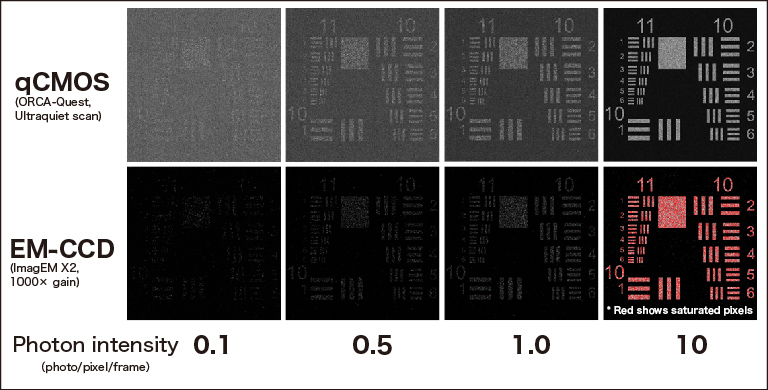
Figure 7. Simulation result of test chart sample in low light region
An EM-CCD camera uses electron multiplication to minimize the readout noise as much as possible, so that there is almost no noise in the dark region when a background light is absent, as shown in Figure 7. However, in a realistic case where a background light is present, the background light is also multiplied, resulting in a noticeable noise in the dark region.
For applications in such extremely low-light regions, imaging is generally performed with very long-time exposure to achieve observable SNR such as more than 1 photons/pixel/frame. In this case, EM-CCD cameras still have an advantage over qCMOS cameras for imaging in such extremely low-light regions with very long-time exposure because of the extremely low dark current achieved by cooling performance of the sensor.
EM-CCD is a mature sensor technology that is losing its advantage due to the continuous development of CMOS technology. However, it is still necessary to judge whether a qCMOS camera or an EM-CCD camera has a better SNR depending on the light level and exposure times in experiments.
Conclusion
The qCMOS camera is a hybrid camera that combines the advantages of a conventional sCMOS camera with the extreme low noise equivalent to an EM-CCD camera, therefore the qCMOS camera will bring new breakthrough in conventional scientific measurement.
The qCMOS sensor will get even better with the continuous development of CMOS technology. We hope this article will be a starting point for customers to understand the new technology of the qCMOS camera and to select the best detector by comparing its performance among other photon counting detectors such as EM-CCDs.
- Confirmation
-
It looks like you're in the . If this is not your location, please select the correct region or country below.
You're headed to Hamamatsu Photonics website for JP (English). If you want to view an other country's site, the optimized information will be provided by selecting options below.
In order to use this website comfortably, we use cookies. For cookie details please see our cookie policy.
- Cookie Policy
-
This website or its third-party tools use cookies, which are necessary to its functioning and required to achieve the purposes illustrated in this cookie policy. By closing the cookie warning banner, scrolling the page, clicking a link or continuing to browse otherwise, you agree to the use of cookies.
Hamamatsu uses cookies in order to enhance your experience on our website and ensure that our website functions.
You can visit this page at any time to learn more about cookies, get the most up to date information on how we use cookies and manage your cookie settings. We will not use cookies for any purpose other than the ones stated, but please note that we reserve the right to update our cookies.
1. What are cookies?
For modern websites to work according to visitor’s expectations, they need to collect certain basic information about visitors. To do this, a site will create small text files which are placed on visitor’s devices (computer or mobile) - these files are known as cookies when you access a website. Cookies are used in order to make websites function and work efficiently. Cookies are uniquely assigned to each visitor and can only be read by a web server in the domain that issued the cookie to the visitor. Cookies cannot be used to run programs or deliver viruses to a visitor’s device.
Cookies do various jobs which make the visitor’s experience of the internet much smoother and more interactive. For instance, cookies are used to remember the visitor’s preferences on sites they visit often, to remember language preference and to help navigate between pages more efficiently. Much, though not all, of the data collected is anonymous, though some of it is designed to detect browsing patterns and approximate geographical location to improve the visitor experience.
Certain type of cookies may require the data subject’s consent before storing them on the computer.
2. What are the different types of cookies?
This website uses two types of cookies:
- First party cookies. For our website, the first party cookies are controlled and maintained by Hamamatsu. No other parties have access to these cookies.
- Third party cookies. These cookies are implemented by organizations outside Hamamatsu. We do not have access to the data in these cookies, but we use these cookies to improve the overall website experience.
3. How do we use cookies?
This website uses cookies for following purposes:
- Certain cookies are necessary for our website to function. These are strictly necessary cookies and are required to enable website access, support navigation or provide relevant content. These cookies direct you to the correct region or country, and support security and ecommerce. Strictly necessary cookies also enforce your privacy preferences. Without these strictly necessary cookies, much of our website will not function.
- Analytics cookies are used to track website usage. This data enables us to improve our website usability, performance and website administration. In our analytics cookies, we do not store any personal identifying information.
- Functionality cookies. These are used to recognize you when you return to our website. This enables us to personalize our content for you, greet you by name and remember your preferences (for example, your choice of language or region).
- These cookies record your visit to our website, the pages you have visited and the links you have followed. We will use this information to make our website and the advertising displayed on it more relevant to your interests. We may also share this information with third parties for this purpose.
Cookies help us help you. Through the use of cookies, we learn what is important to our visitors and we develop and enhance website content and functionality to support your experience. Much of our website can be accessed if cookies are disabled, however certain website functions may not work. And, we believe your current and future visits will be enhanced if cookies are enabled.
4. Which cookies do we use?
There are two ways to manage cookie preferences.
- You can set your cookie preferences on your device or in your browser.
- You can set your cookie preferences at the website level.
If you don’t want to receive cookies, you can modify your browser so that it notifies you when cookies are sent to it or you can refuse cookies altogether. You can also delete cookies that have already been set.
If you wish to restrict or block web browser cookies which are set on your device then you can do this through your browser settings; the Help function within your browser should tell you how. Alternatively, you may wish to visit www.aboutcookies.org, which contains comprehensive information on how to do this on a wide variety of desktop browsers.
5. What are Internet tags and how do we use them with cookies?
Occasionally, we may use internet tags (also known as action tags, single-pixel GIFs, clear GIFs, invisible GIFs and 1-by-1 GIFs) at this site and may deploy these tags/cookies through a third-party advertising partner or a web analytical service partner which may be located and store the respective information (including your IP-address) in a foreign country. These tags/cookies are placed on both online advertisements that bring users to this site and on different pages of this site. We use this technology to measure the visitors' responses to our sites and the effectiveness of our advertising campaigns (including how many times a page is opened and which information is consulted) as well as to evaluate your use of this website. The third-party partner or the web analytical service partner may be able to collect data about visitors to our and other sites because of these internet tags/cookies, may compose reports regarding the website’s activity for us and may provide further services which are related to the use of the website and the internet. They may provide such information to other parties if there is a legal requirement that they do so, or if they hire the other parties to process information on their behalf.
If you would like more information about web tags and cookies associated with on-line advertising or to opt-out of third-party collection of this information, please visit the Network Advertising Initiative website http://www.networkadvertising.org.
6. Analytics and Advertisement Cookies
We use third-party cookies (such as Google Analytics) to track visitors on our website, to get reports about how visitors use the website and to inform, optimize and serve ads based on someone's past visits to our website.
You may opt-out of Google Analytics cookies by the websites provided by Google:
https://tools.google.com/dlpage/gaoptout?hl=en
As provided in this Privacy Policy (Article 5), you can learn more about opt-out cookies by the website provided by Network Advertising Initiative:
http://www.networkadvertising.org
We inform you that in such case you will not be able to wholly use all functions of our website.
Close
